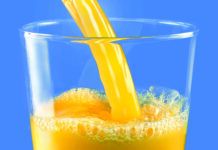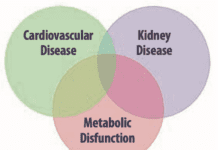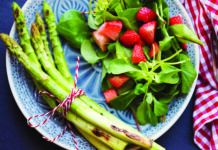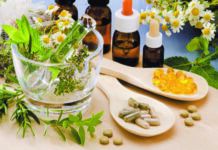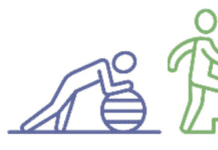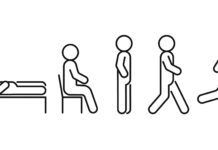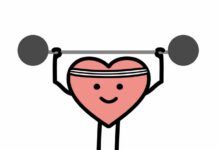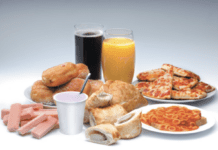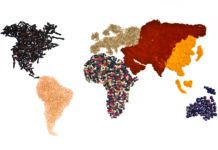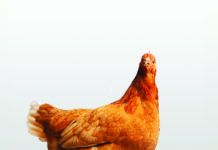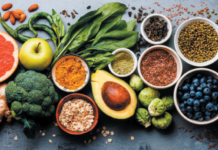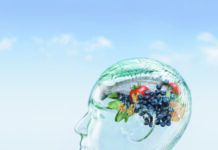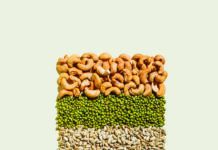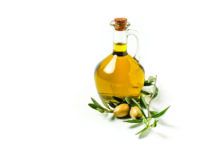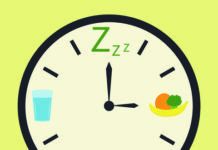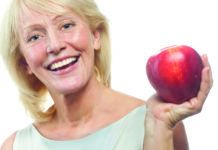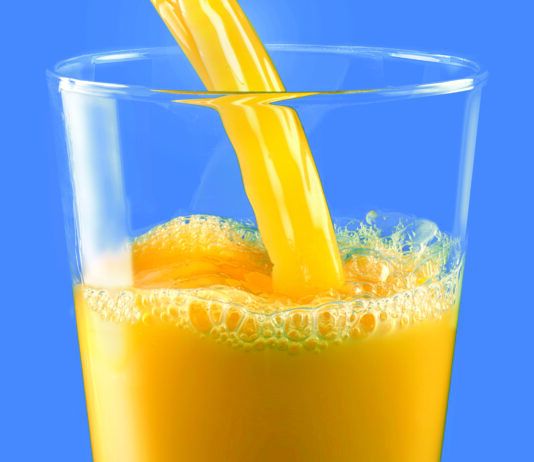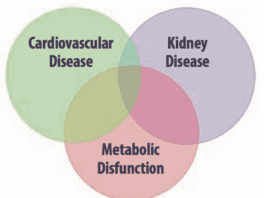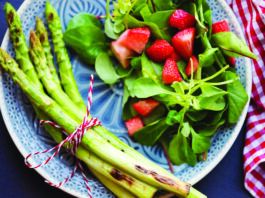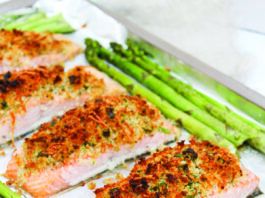Red Yeast Rice: Buyer Beware
Laboratory tests have revealed strik- ing variability in the active ingredi- ents in Chinese red yeast rice, a supple- ment touted as an alternative to statin drugs for improving cholesterol. Among 12 popular brands, levels of monacolin, which is related to the prescription cho- lesterol medication lovastatin, ranged from 0.31 mg to 11.15 mg per capsule. The type of monacolin (K) thats most similar to lovastatin varied from 0.10 mg to 10.09 mg per pill. Four samples also contained citrinin, which can dam- age the kidneys. Researchers noted that, as a dietary supplement rather than a drug, red yeast rice is largely unregulated and lacks the quality controls of pre- scription medications. Therefore, physi- cians should be cautious in recommend- ing red yeast rice to their patients. Long used in China, red yeast rice has recently soared in sales in the US, up 80% from 2005 to 2008.
Alpha-Carotene Linked to Lower Mortality Rates
A lpha-carotene, the often-overlooked cousin of more familiar beta-caro- tene, may help you live longer-and further explain the health benefts of eating vegetables and fruits. Researchers at the CDC, studying data on more than 15,000 adults from a national nutrition survey, report that people with the highest blood levels of alpha-carotene were 39% less likely to die from all causes over almost 14 years.
Low-Fat Isnt Always Healthier, Nutrition Experts Caution
I f you want to eat a healthier diet, cut out the fat-right? Wrong, according to experts at the American Dietetic As- sociation (ADA) Food and Nutrition Conference and Expo, in a panel on The Great Fat Debate. If you replace dietary fat, even saturated fat such as butter and whole milk, with sugar and other carbohydrates, you could actually be increas- ing your risk of heart disease.
Drinking Tomato Juice Might Help Protect Your Bones
C ould a couple of glasses of tomato juice help you avoid osteoporosis? Thats the suggestion of a small new study at the University of Toronto that found lycopene-an an- tioxidant carotenoid that helps give tomatoes and some fruits their red color-reduces oxidative stress and bone resorption linked to osteoporosis.
Nutrition Facts Coming for Meat
Wheres the beef? Or, rather, whats in the beef? Answers to your questions about the nutritional content of meats will be easier to come by next year. The US Department of Agriculture (USDA) announced that it will require those familiar Nutrition Facts labels be placed on most meat packages or made available to consumers at the point of purchase as of Jan. 1, 2012. The new rule will affect 40 of the most com- monly purchased cuts of beef, pork, poultry and lamb. Although nutrition labels have been required on most food packages since 1993, labeling of meats remained voluntary. Agriculture Sec- retary Tom Vilsack commented, It is appropriate for us to provide as much concrete information to consumers as we possibly can, without overwhelming them, so they can make good solid deci- sions about how many calories theyre consuming and how much activity they need. A spokesman for the American Meat Institute, which did not oppose the changes, said consumers will fnd some pleasant surprises on the new labels, since many supermarket shop- pers arent aware of the many lean choices in the meat case.
Echinacea Relieves Colds Only a Little
I f youve got the sniffes, echinacea probably wont help much, accord- ing to the latest randomized, controlled trial to report disappointing results from the popular herbal remedy. Uni- versity of Wisconsin researchers divided 719 cold sufferers into four groups: One group got echinacea (10.2 grams the frst day and 5.1 grams for 4 ad- ditional days) without being told about the treatment, a second group knew they were getting the herb, a third got a placebo and a fourth got nothing. Du- ration of symptoms ranged from 6.34 days in the blinded echinacea group to 7.03 days in the no-treatment group, with almost no difference between the unblended echinacea group (6.76) and the placebo group (6.87). Investigators found no statistically signifcant differ- ence in secondary outcomes, including infection markers and various self-re- ported symptoms. Although echinacea was associated with about a half-day beneft trend and 10% reduction in overall severity, researchers said only about one in four people would see relief likely to be worth the expense and effort of taking the herb. These re- sults, they concluded, do not support the ability of this dose of the echinacea formulation to substantively change the course of the common cold.
FTC Reins in Probiotic Yogurt Claims
The Federal Trade Commission (FTC), which regulates product advertising, will impose strict new limits on claims for Dannon probiotic yogurt products as part of a $21 mil- lion settlement of an investigation into the companys marketing. Dannon, however, insists the settlement means business as usual, stating, Our claims remain intact. The agreement with the FTC states that Activia, a spoonable yogurt touting digestive health benefts, can only claim to relieve temporary irregularity or help with slow intestinal transit time if it also states that three daily servings are required for this ben- eft. And Dannon, which has marketed its drinkable yogurt DanActiv as an immune-system booster, must not claim that any yogurt, dairy drink or probi- otic food or drink reduces the likelihood of getting a cold or the fu, unless the claim is approved by the Food and Drug Administration. The company insisted it had never made such claims. FTC Chairman Jon Leibowitz commented, These types of misleading claims are enough to give consumers indigestion.
Saccharin off EPA Toxic List
I f you remember the great saccharin scare of the late 1970s, it may come as a sweet surprise to learn that the US Environmental Protection Agency (EPA) has removed the artifcial sweetener from its list of hazard- ous substances. The switch clears the last offcial blemish from saccharins reputa- tion, with the FDA having given it an OK in 2000. Following studies linking saccharin with cancer in rats, the EPAs Carcinogen Assessment Group listed the sweetener as a possible human carcinogen in 1980. Now, in response to a petition from an artifcial- sweetener trade group, the agency has reversed that listing, saying theres insuffcient evidence that saccharin causes cancer in humans. Although not as popular in the US in part because of lingering can- cer fears, inexpensive saccharin remains the largest-volume artifcial sweetener in the world, primarily used in Asia.
Mental Energy-Boosting Claims Put to the Test
Can foods, beverages or dietary supplements really increase your mental energy? Scientists at the Life Sciences Research Organization (LSRO) recently reported the results of a review of the scientific evidence for such claims regarding ginkgo biloba, ginseng, glucose and omega-3 polyunsaturated fatty acids. They defined mental energy as consisting of mood (transient feelings about the presence of fatigue or energy), motivation (determination and enthusiasm) and cognition (sustained attention and vigilance)
Whole-Grain Confusion Reigns
Consumers know that whole grains are good for you-but after that, knowledge tends to give way to confusion, according to a new General Mills study of 1,010 US adults. More than half of those surveyed said they specifically shop for whole-grain products

